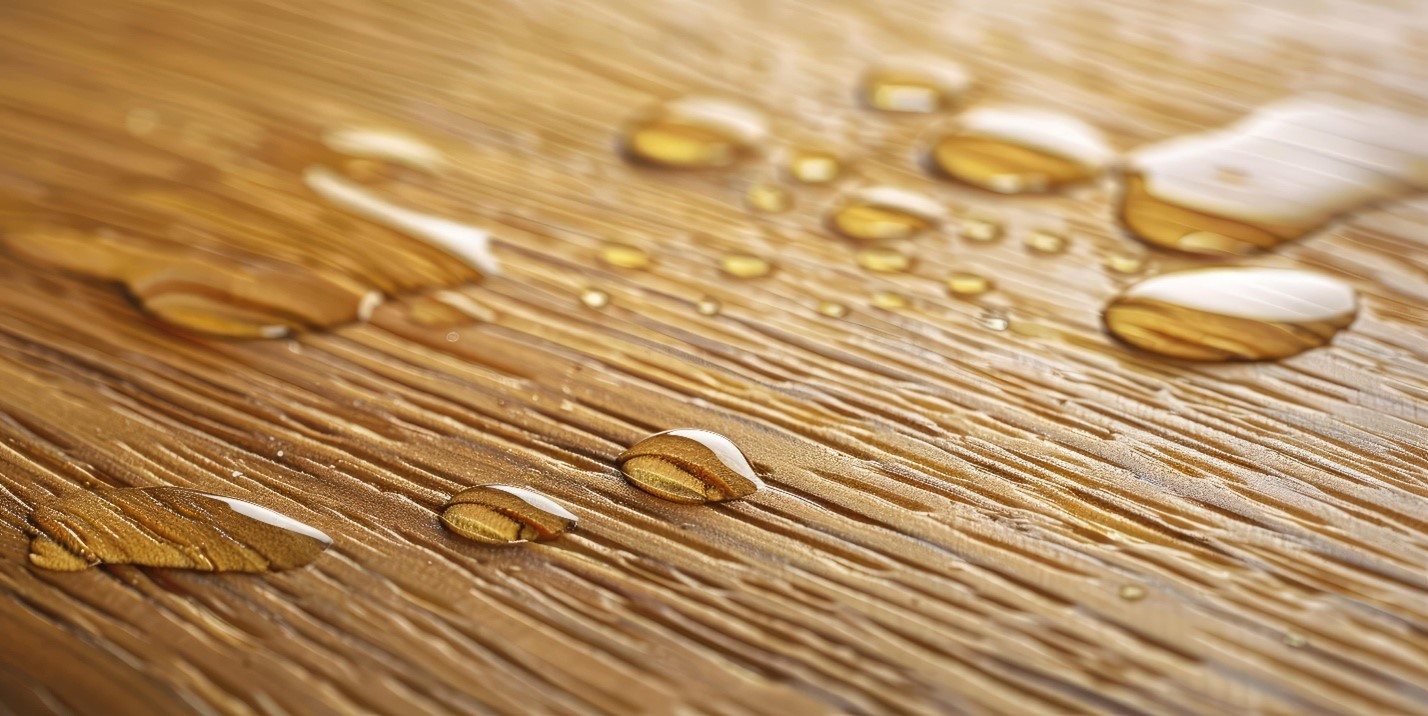Wood is a versatile and beautiful material, prized for its natural characteristics and durability. However, wood’s organic nature also makes it susceptible to changes in its environment, particularly moisture. One of the most common and frustrating challenges for woodworkers and builders is warping—when wood bends, twists, or bows out of shape due to uneven moisture content. Understanding wood moisture and learning how to manage it effectively is essential to maintaining the integrity and longevity of wood projects. Richard R Wilk explores the relationship between wood and moisture, the types of warping that can occur, and the best practices to minimize these issues.
The Science of Wood and Moisture
Wood is a hygroscopic material, meaning it naturally absorbs and releases moisture from its environment. This interaction occurs because wood consists of tiny, tube-like structures called fibers, which act like straws, drawing in and expelling water.
- Moisture Content (MC): The moisture content of wood is measured as the percentage of water weight relative to the dry weight of the wood. Freshly cut or “green” wood can have a moisture content of 30% or more, while kiln-dried wood typically has an MC of 6–12%.
- Equilibrium Moisture Content (EMC): Wood seeks to reach an equilibrium moisture content, which depends on the surrounding environment’s temperature and humidity. If the air is humid, wood absorbs moisture; if the air is dry, wood releases moisture.
When wood gains or loses moisture unevenly, it can expand or contract, leading to stress within the material. This stress is what causes warping.
Types of Wood Warping
Warping occurs in various forms, depending on the direction and extent of moisture changes:
- Bow: The wood curves along its length, resembling a slight “C” shape.
- Cup: The edges of the board curl upward, forming a shallow U-shape.
- Twist (or Warp): The corners of the wood twist in opposite directions, creating a spiraling effect.
- Crook: The wood curves along its edge, causing a deviation from a straight line.
- Kink: A localized bend or deviation, usually caused by a knot or irregular grain.
Understanding these forms of warping can help woodworkers diagnose and prevent specific problems during or after the construction process.
Factors That Contribute to Warping
Several factors influence how and why wood warps:
- Moisture Changes: The primary cause of warping is uneven drying or exposure to varying humidity levels. For example, if one side of a board dries faster than the other, it contracts unevenly, leading to warping.
- Wood Grain: The grain structure significantly impacts how wood behaves. Boards with straight, even grains are less likely to warp than those with irregular or knotty grains.
- Wood Species: Different types of wood have varying densities and moisture content thresholds. Hardwoods like oak and maple are less prone to warping than softer woods like pine.
- Improper Storage: Storing wood in areas with fluctuating temperature or humidity can lead to uneven moisture absorption, increasing the likelihood of warping.
- Manufacturing and Milling: Improper sawing or kiln-drying techniques can introduce stress into the wood, making it more susceptible to warping later.
How to Minimize and Prevent Warping
While warping is a natural response to environmental changes, there are effective strategies to minimize its impact:
1. Start with Properly Dried Wood
- Use kiln-dried wood whenever possible. Kiln drying reduces the moisture content to a stable level, minimizing the chances of warping.
- If using air-dried wood, ensure it has had sufficient time to acclimate to the surrounding environment.
2. Acclimate Wood Before Use
Allow wood to acclimate to the environment where it will be used for at least a few days or weeks. This helps the wood reach its equilibrium moisture content before cutting or assembly.
3. Seal and Finish
Sealing wood with a protective finish helps to create a barrier against moisture absorption. Use sealants, stains, or paints on all sides of the wood, including hidden or underside surfaces, to ensure even protection.
4. Store Wood Correctly
Proper storage is critical to preventing warping:
- Store wood in a cool, dry place with consistent humidity levels.
- Lay wood flat with spacers (called “stickers”) between layers to allow air circulation.
- Avoid exposing wood to direct sunlight or placing it near sources of heat or moisture.
5. Use the Right Cuts
Choose quarter-sawn lumber when possible. Quarter-sawn boards have a grain pattern that resists warping better than plain-sawn or flat-sawn wood.
6. Design Considerations
Incorporate design techniques that allow for natural wood movement. For example, use expansion joints or floating panels in furniture to accommodate slight shifts in the material.
Addressing Warping Issues
If warping does occur, there are ways to mitigate the damage:
- Flattening: For minor warping, you can dampen the concave side of the board and apply clamps or weights to gradually flatten it.
- Planing: For significant warping, running the wood through a planer may help, although this will reduce its thickness.
- Replacement: Severely warped boards may need to be replaced entirely, especially if structural integrity is compromised.
The Importance of Moisture Management
Understanding and managing wood moisture is a cornerstone of successful woodworking and construction. By selecting the right materials, using proper storage and preparation methods, and applying appropriate finishes, you can reduce the risks of warping and ensure your wood projects remain strong and visually appealing.
Whether you’re crafting fine furniture, building a deck, or creating decorative items, attention to wood moisture and warping prevention will save you time, effort, and frustration. Ultimately, the beauty and longevity of your work depend on how well you respect and adapt to the natural properties of wood.
